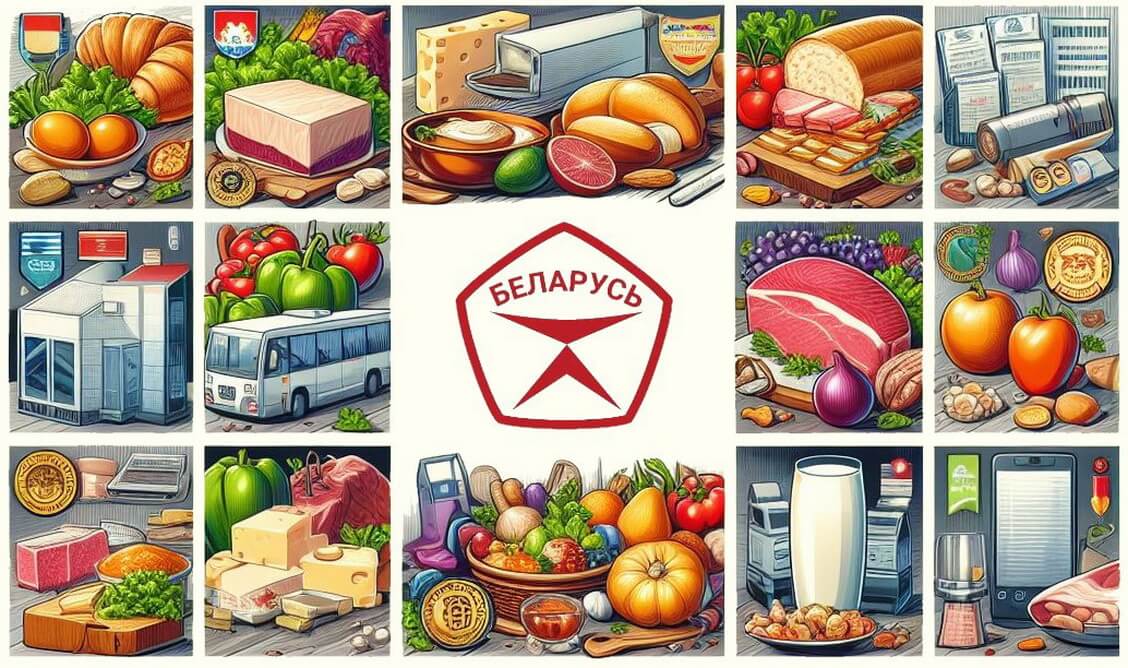By Aleś Hudzija
During the Soviet era, Belarus was often perceived as a showcase of the Soviet Union. After its collapse, Minsk continues to propagate old-time values. Guided by the Soviet legacy, Minsk has dedicated 2024 to quality.
Year of quality, again
The Year of Quality is nothing new. It was announced in 2010 but ultimately failed.
Since 2006, the government has branded years to emphasize its focus.
2006 – Year of Mother
2007 – Year of Child
2008 – Year of Health
2009 – Year of Native Land
2010 – Year of Quality
2011 – Year of Enterprise
2012 – Year of the Book
2013 – Year of Thriftiness
2014 – Year of Hospitality
2015 – Year of Youth
2016 – Year of Culture
2017 – Year of Science
2018 – 2020 – Years of Homeland
2021 – Year of People’s Unity
2022 – Year of Historic Memory
2023 – Year of Peace and Creation
2024 – Year of Quality
Has each year brought a breakthrough in solving the declared tasks? Not really.
2010, the previous Year of Quality, brought relative economic stability, but the price of it was higher foreign debt and greater dependence on Russia. It was followed by hyperinflation and sharp national currency depreciation in 2011 as a result of the previous year’s monetary expansion in the run-up to the presidential election.
Shifting responsibility to society
2010 was declared the Year of Quality to “further improve the quality of life of the Belarusian people through economic growth and competitiveness, upgrade production facilities with new technologies, develop science and education, radically improve working and living conditions of people, welfare and culture of interpersonal relations.”
Some of the 2024 goals are similar or identical: “to further improve the quality of life of the Belarusian people, make the national economy competitive in international markets, stimulate initiative, cultivate responsibility for the results of work and a sense of involvement in the future of the country.”
Since 2010, the country’s population has decreased by at least 300,000 people. Therefore, if the quality of life were to be evenly distributed, every citizen should enjoy a higher quality life in 2024.
Competitiveness present in both wordings, so it remains an issue. Given the Belarusian economy’s heavy dependence on foreign markets and the need to protect the domestic market, it is a key element of economic survival.
There is also a fundamental difference between the two documents. In 2010, the better quality of life and economic growth were linked to favorable conditions for businesses and people. In fact, the government declared its commitment to work towards those goals.
The 2024 document shifts responsibility to society, urging people to be proactive, take responsibility for achieving the goals and have a sense of ownership of the country’s future.
In general, these differences indicate the government’s unwillingness to make an effort and follow through with reforms, as well as the lack of ideas and clear prospects it could offer to the public.
In these circumstances, officials decided to replace the vision of the future with images of the past. The government has established a Soviet-like quality mark for Belarusian goods, suggesting that the economy would be more competitive in the future by using the Soviet quality image from the past.
Many inspectors, not enough experts
The USSR State Quality Mark was adopted in 1967 to encourage improvements to quality and efficiency. Belarus has readopted the logo with some modifications 57 years later.

The Soviet quality mark was used to classify products as belonging to “the highest category of quality, which meets the modern level of consumer and aesthetic requirements.” In Belarus, the emphasis is placed on “competitiveness” and “recognition of achievements in quality.”
The Soviet pentagonal logo symbolized five aspects of quality: reliability, affordability, safety, aesthetics and innovation. In contrast, the Belarusian symbol celebrates safety, environmental friendliness, innovation, technology and aesthetics.
Thus, “Belarusian quality” has more to do with the environment and technology than with affordability and reliability. In fact, many Belarusian goods have become less affordable and reliable.
Belarusian industrial giants, such as the MAZ and BelAZ truck factories and the MTZ tractor plant, could certainly qualify for the new quality label. On January 5, Alaksandar Łukašenka made it clear, that the government will use the mark to fight “formalism and sloppiness” across the economy.
Judging by his order to “raise the quality control of goods and services, the quality of life in the country to a higher level,” the actual emphasis is on control rather than quality. The system breeds controllers and lacks professionals to ensure higher quality.
Quality largely depends on the business environment, which is not favorable in Belarus at the moment. Government drives failed to improve quality in Soviet times, and they are likely to fail today in Belarus.